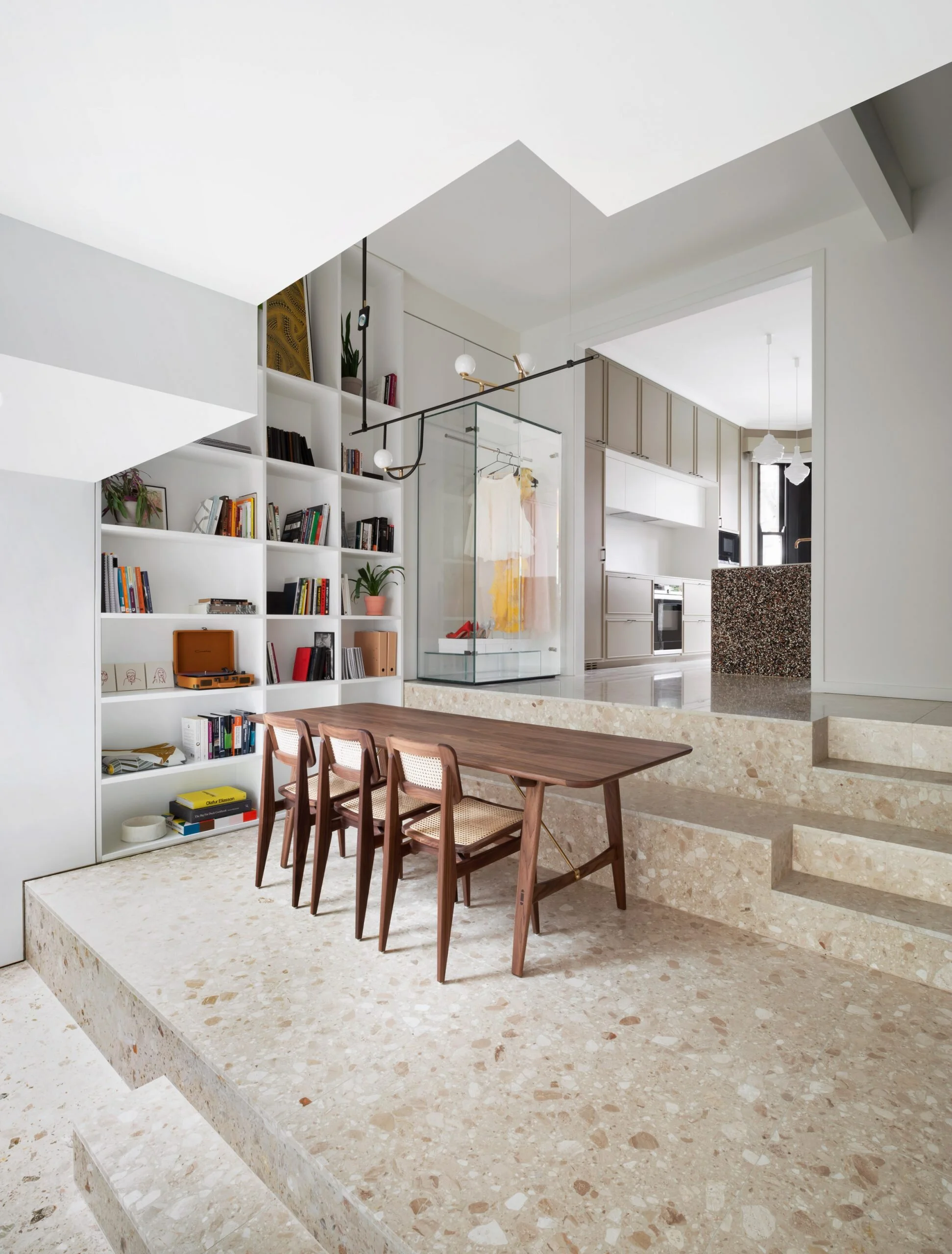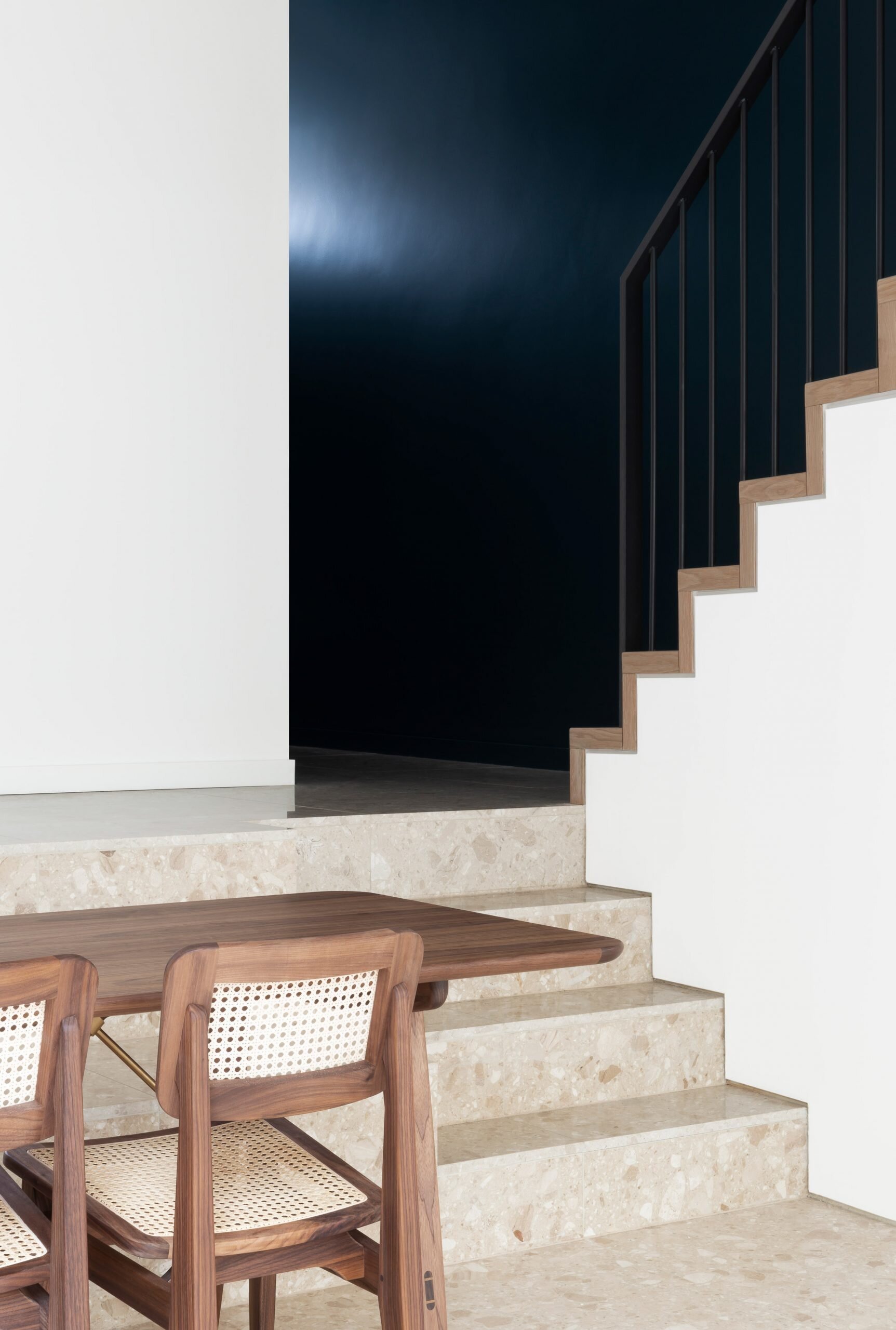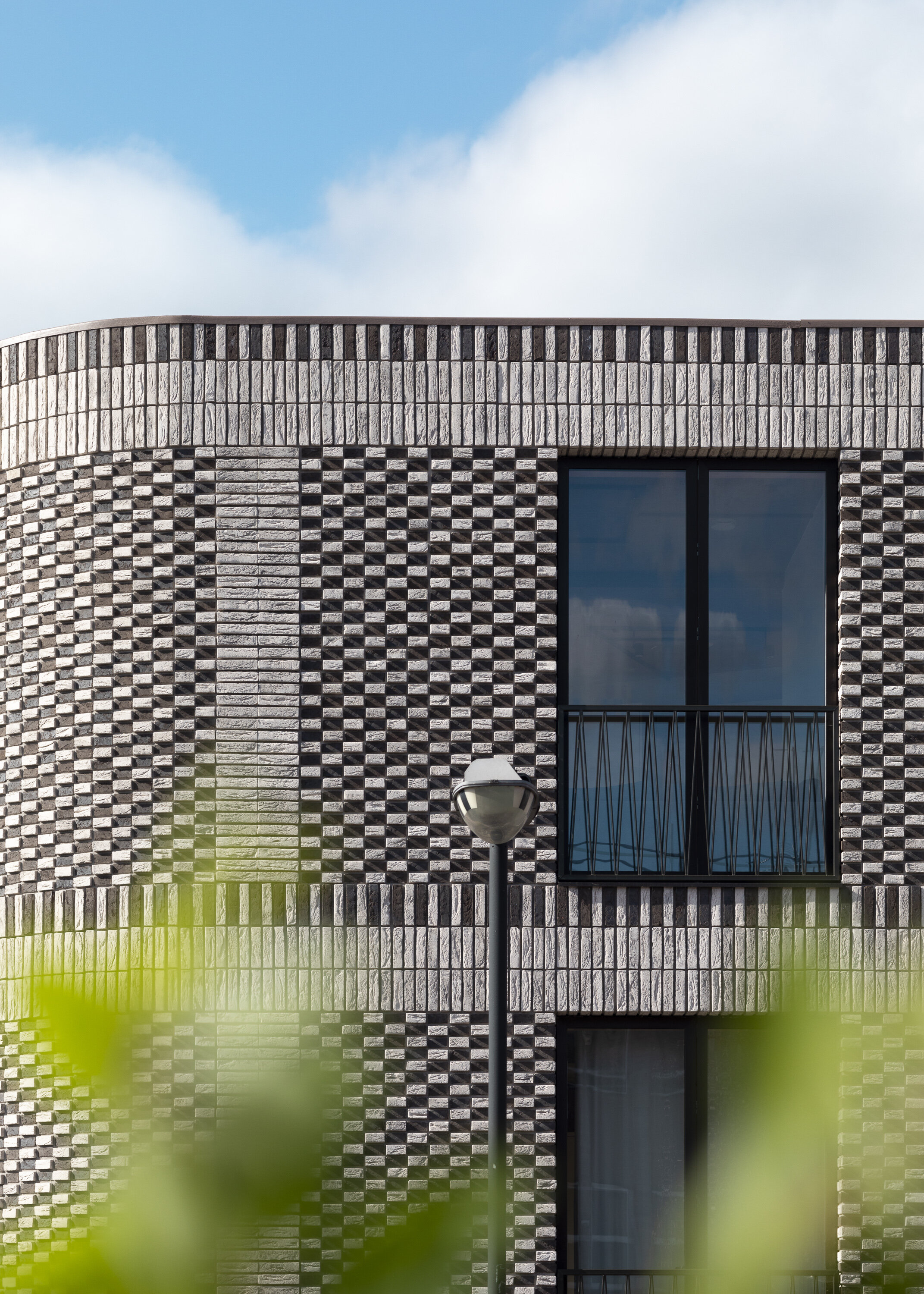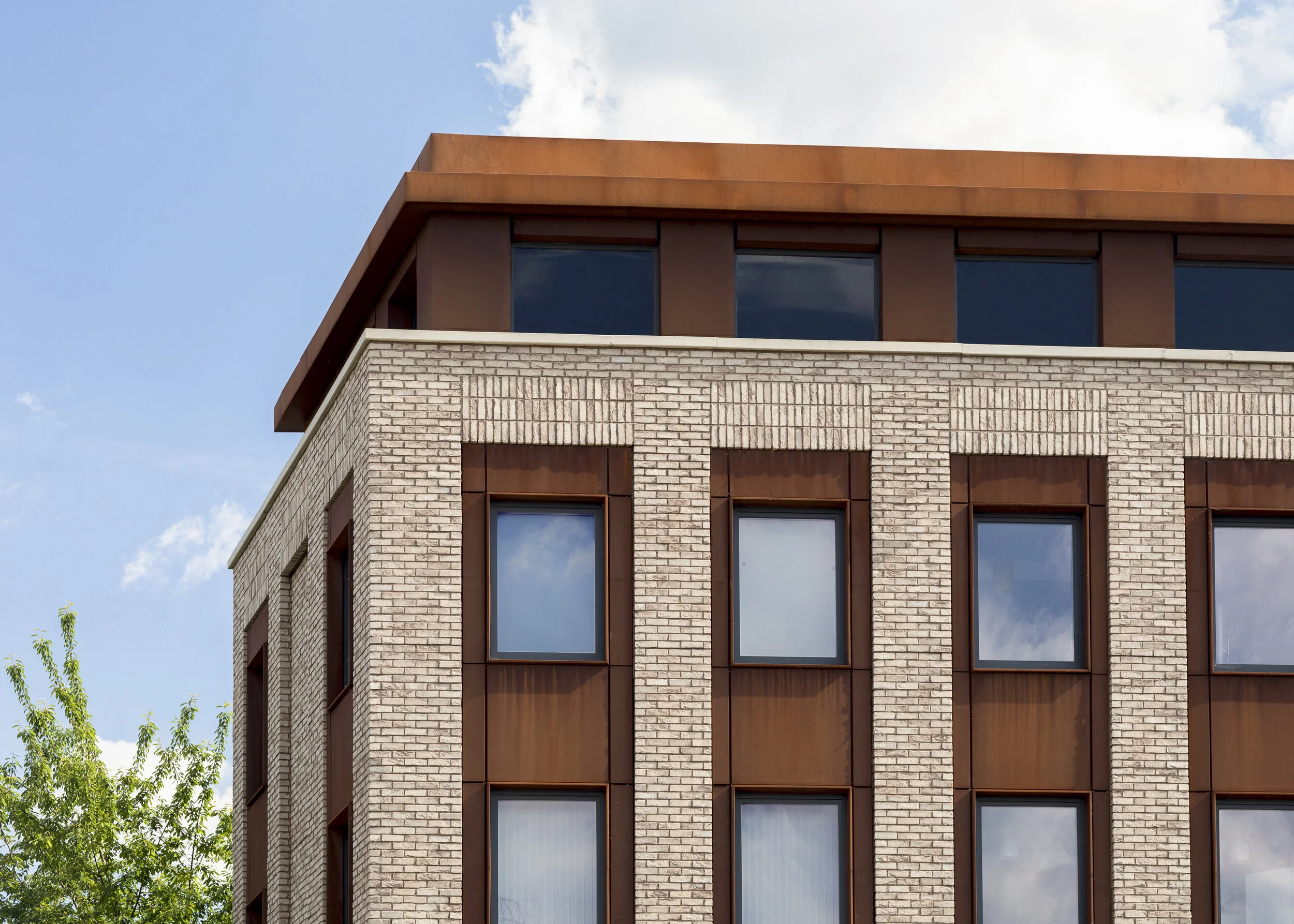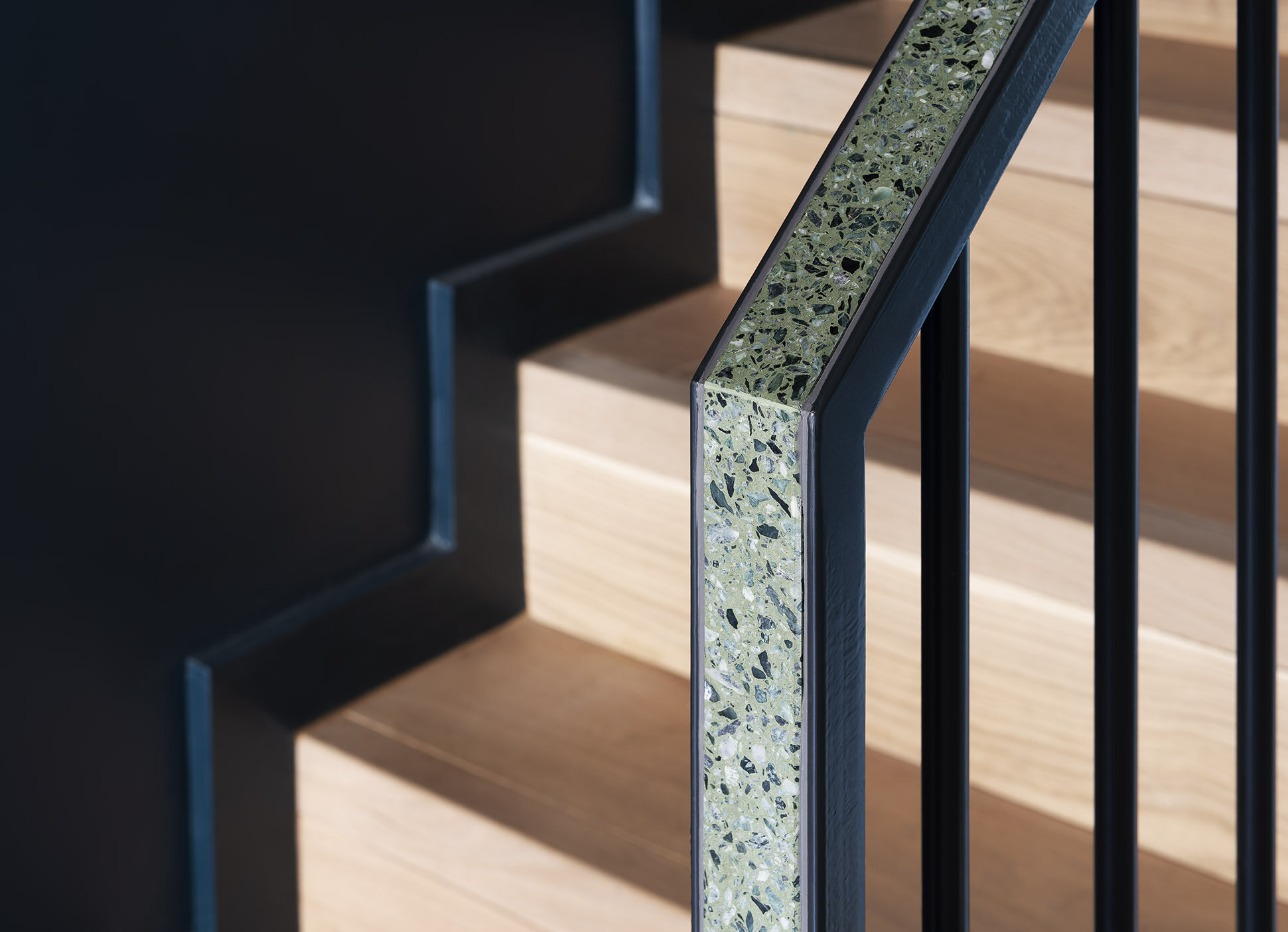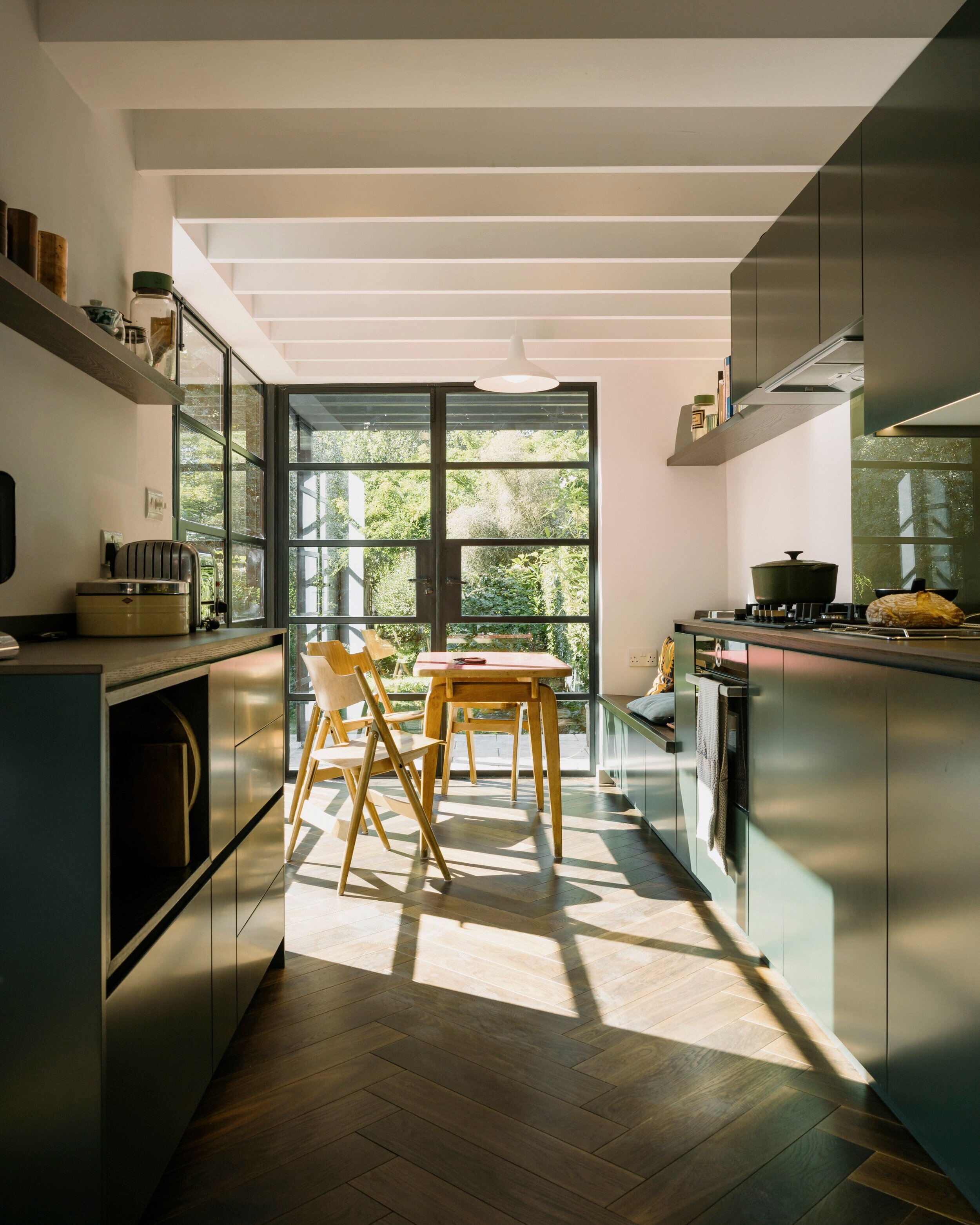Argyll: Collaboration is key to a successful home project
Collaboration. It’s a word that gets bandied about in the worlds of design and construction, but it’s a concept and a practise that can be fraught with pitfalls and roadblocks if it’s not executed effectively. Clients come with varying levels of expectation and engagement, but they often underestimate the work they’ll need to do personally to achieve a successful project. After investing so much thought, time and effort into choosing their architect, it may be that they haven’t given much thought to the choice of contractor at all. But the realisation of the vision they share with their architect depends on people who can actually make it happen - people with the construction skills and the understanding of design and project management to ensure a successful project.
Argyll collaboration with Bureau De Change (© Gilbert McCarragher)
Billy Mavropoulos from noted, award-winning UK architecture practice Bureau de Change, agrees. ‘As our projects are quite complex and there's usually an element of innovation in them we are looking for contractors that tick all the usual boxes but also have both an extra understanding and appreciation of design and the skill to realise it,’ he points out. ‘We always look for contractors that are organised, communicative and cost efficient but beyond that, ones that have a genuine interest in building and can help elevate the projects we work on further.’
Ben MacMillan established London-based contractor Argyll in 2003 with one desire, to build exceptional homes. In 18 years of operation, the company has delivered on that ambition across London and the southeast. Their portfolio of completed projects extends from one-off luxury homes, and mixed-use and multi-residential new build developments to basements, historic building restorations, even Passivhaus developments. Argyll is a trusted collaborator with architecture practices like Bureau de Change, having worked on a number of residential projects together. Even a passing review of the Argyll website demonstrates the quality and care they bring to every one of their projects.
“Argyll is a trusted collaborator with architecture practices like Bureau de Change, having worked on a number of residential projects together. Even a passing review of their website demonstrates the quality and care they bring to every one of their projects.”
The onset of the challenges that 2020 brought gave Ben pause for thought, an opportunity to reflect on how his business operates and on some of the systemic obstacles of the industry. ‘I have started to genuinely consider that the familiar headwinds that buffet projects from feasibility study and initial cost plan, reaching storm force over change management, cost control and design coordination, and unwinding over close out and aftercare, can be significantly mitigated and occasionally eliminated,’ he explains.
Argyll collaboration with Bureau De Change (© Gilbert McCarragher)
Argyll collaboration with Ventures HL
He articulates the importance of collaboration - real and genuine collaboration focused on mutually successful outcomes - to creating homes that satisfy and excite even the most demanding client or architect. ‘Project delivery is a 3-legged stool with clients providing the 3rd leg. Unfortunately, on most projects, transparency is limited with clients not fully understanding their role, responsibility or exposure to risk,’ Ben says. ‘On an emotional level many feel like victims of variations and EOTs, even if they have been central to those changes. I believe there is scope for improvement in terms of education, communication, and process.’
Design and construction are an increasingly complex web of interactions and outputs, providing plenty of opportunities for miscommunication, misunderstanding and conflict that will impact on the cost and quality of any project. Ben acknowledges the challenges that can inhibit success. ‘Project delivery can suffer through indirect communication, hyper specialisation, social hierarchy, and adversarial contracts,’ he notes, underlining potential pitfalls, some of which might be unique to the UK. ‘These factors arguably flow into outdated management practices being applied to an increasingly complex world. The common levers of instructions, minutes, site diaries, programmes, submittals, and progress reports are only accentuating the operational challenges between the design and delivery teams.’
Passivhaus build by Argyll
So what’s the answer? Ben espouses a mantra of communication unmitigated by extraneous parties. ‘By readdressing how contracts are viewed there is scope to develop a new framework for how parties can work together – a memorandum of understanding, unsullied by lawyers, that embeds a team approach and clarifies mutual goals, expectations, resources, and practice.’ Ben proselytises. ‘Streamlining the necessities and focusing on circular engagement models, will enable us to focus on the bigger picture. To develop innovative solutions and execute ambitious projects which work towards the 2030 net zero carbon initiatives.’
Collaborative communication from an expert team is something Bureau de Change return to Argyll for, time and again. ‘When we go to them with a project we know that they will help realise it in the best possible way. Even during the costing stage they will come back with ideas, solutions and alternatives to help make the project more cost-efficient and easier to build.’ Billy Mavropoulos enthuses. ‘They work with us and the other consultants closely as a team. They are problem solvers and during construction when any issues arise they come back with solutions and options helping the team, but most importantly the client to make informed decisions.’
Argyll collaboration with Holland Green
Hiring the right architect will always improve the likelihood of a successful project. Having made that choice, selecting the right contractor will help ensure it. ‘They understand the importance of good design and will go the extra mile when that is required for something that is more complex and unique. Communication is key for any project and with Argyll it is easy, it is efficient and it is constructive,’ Billy notes. ‘From our experience, for a successful project you need a contractor that does all that, and this is why we keep working with Argyll.’
— Written by Christopher at We Design Homes
